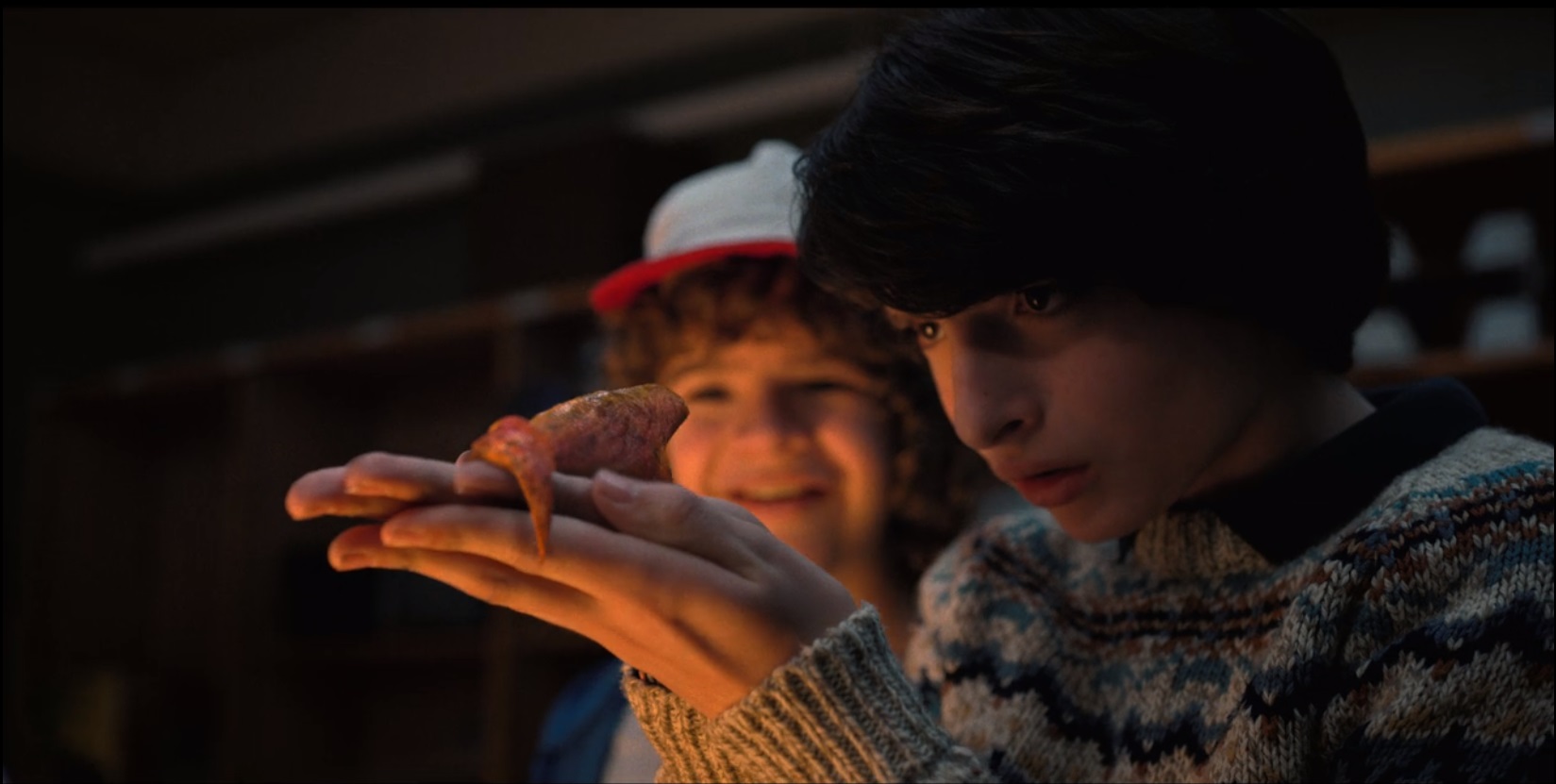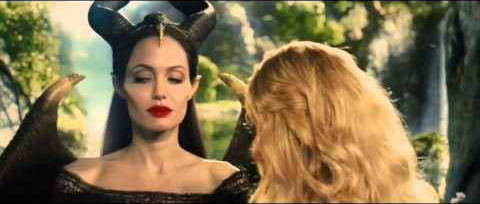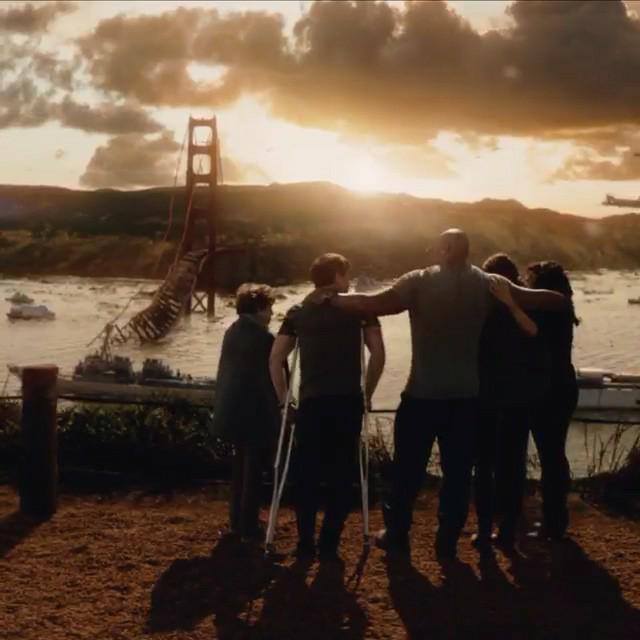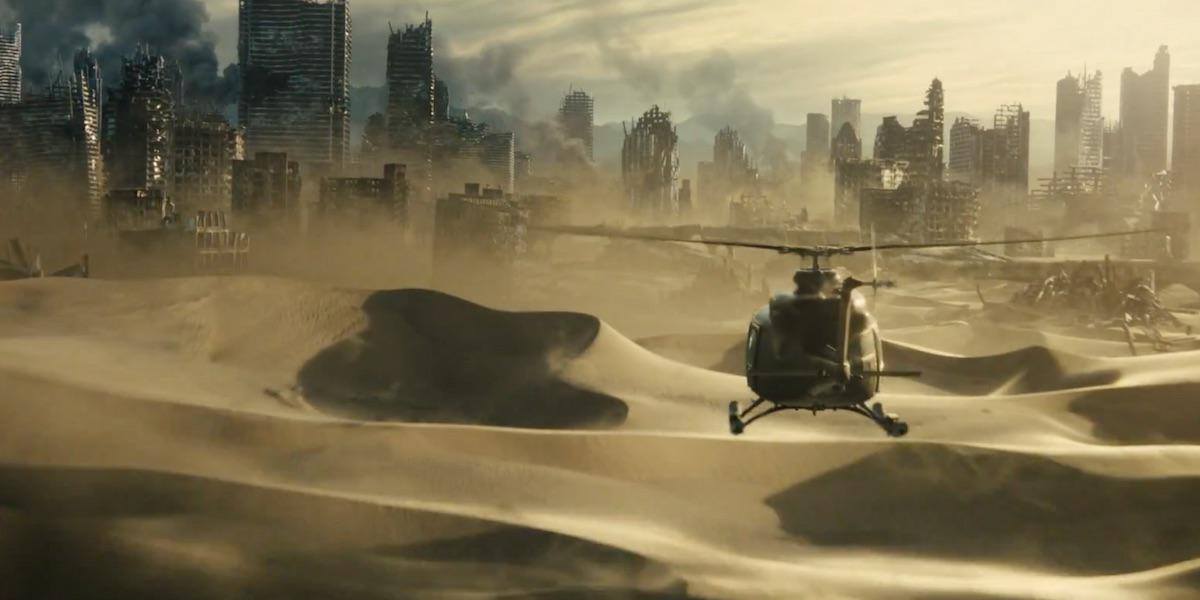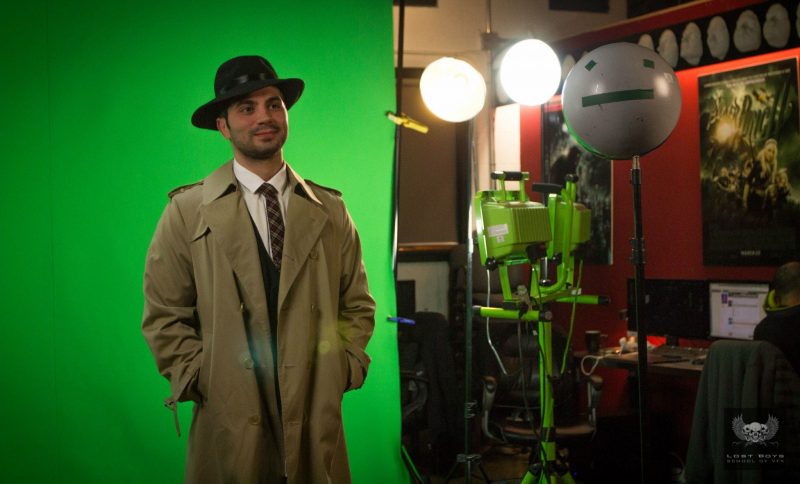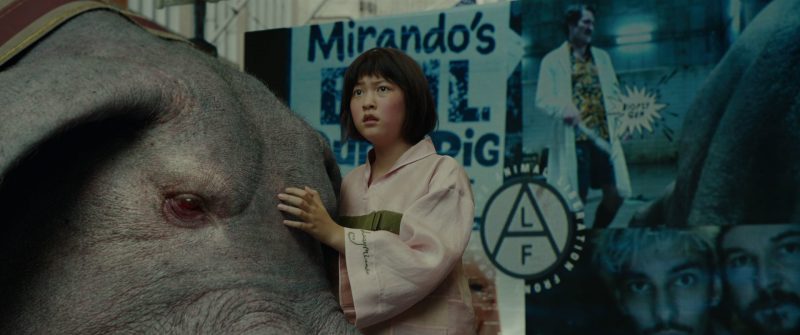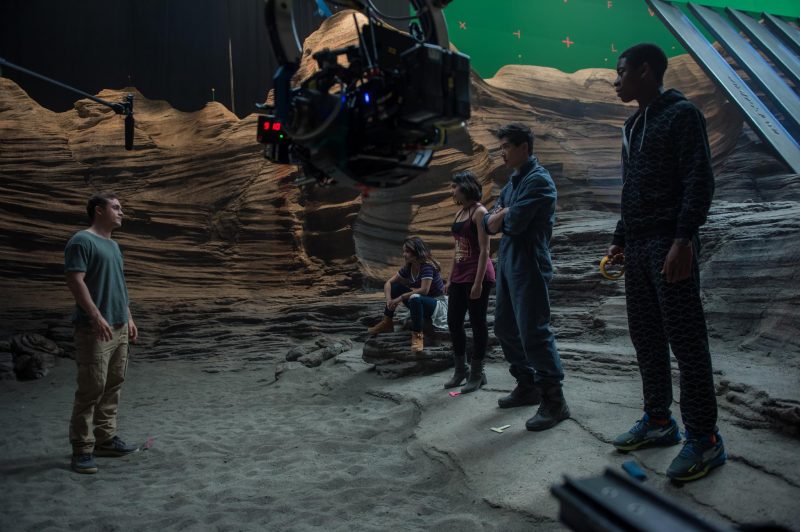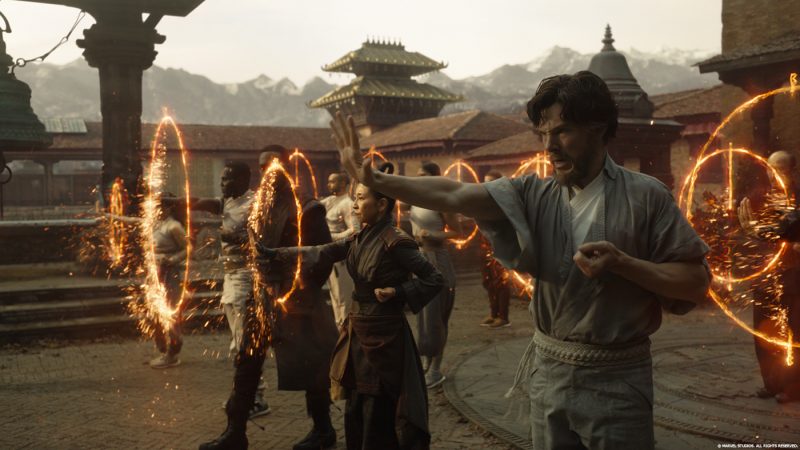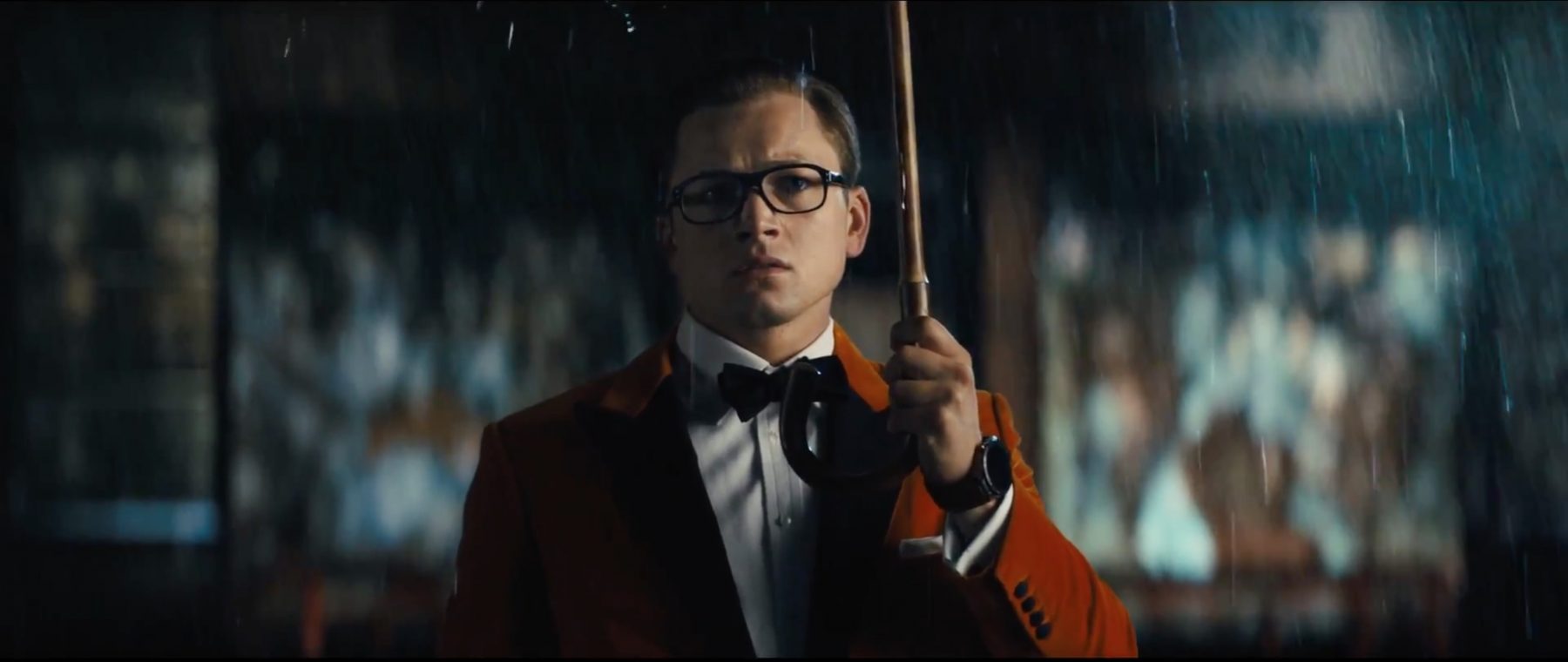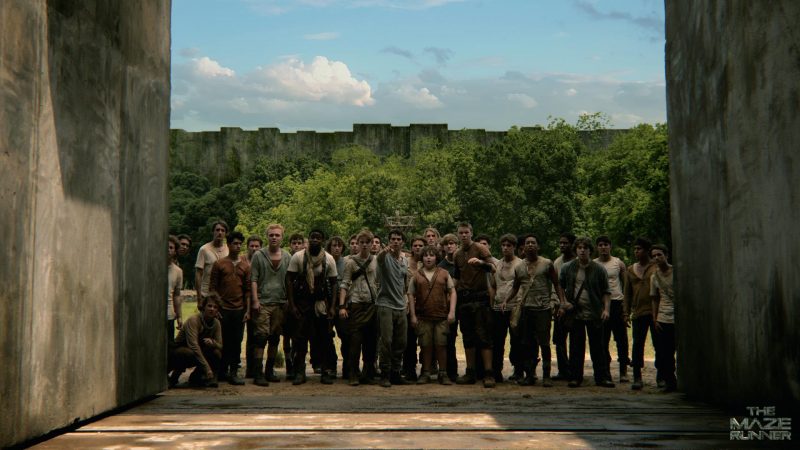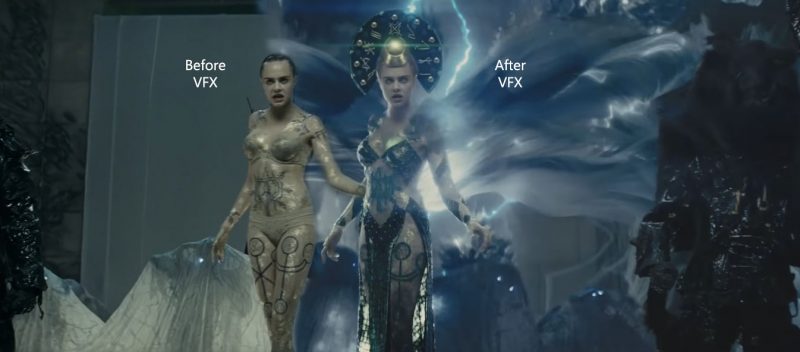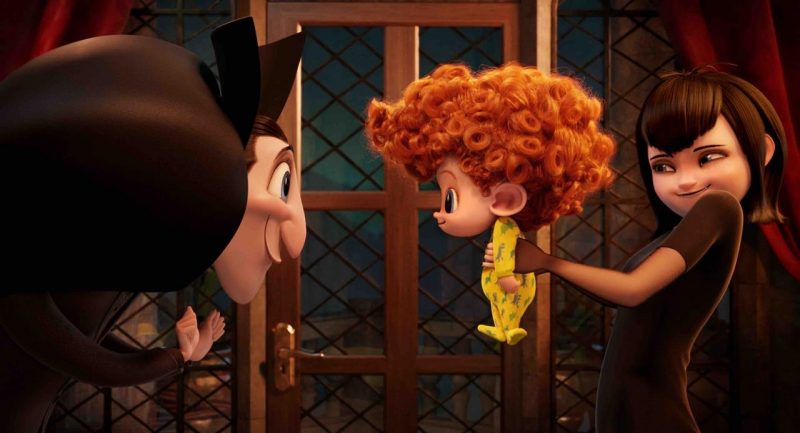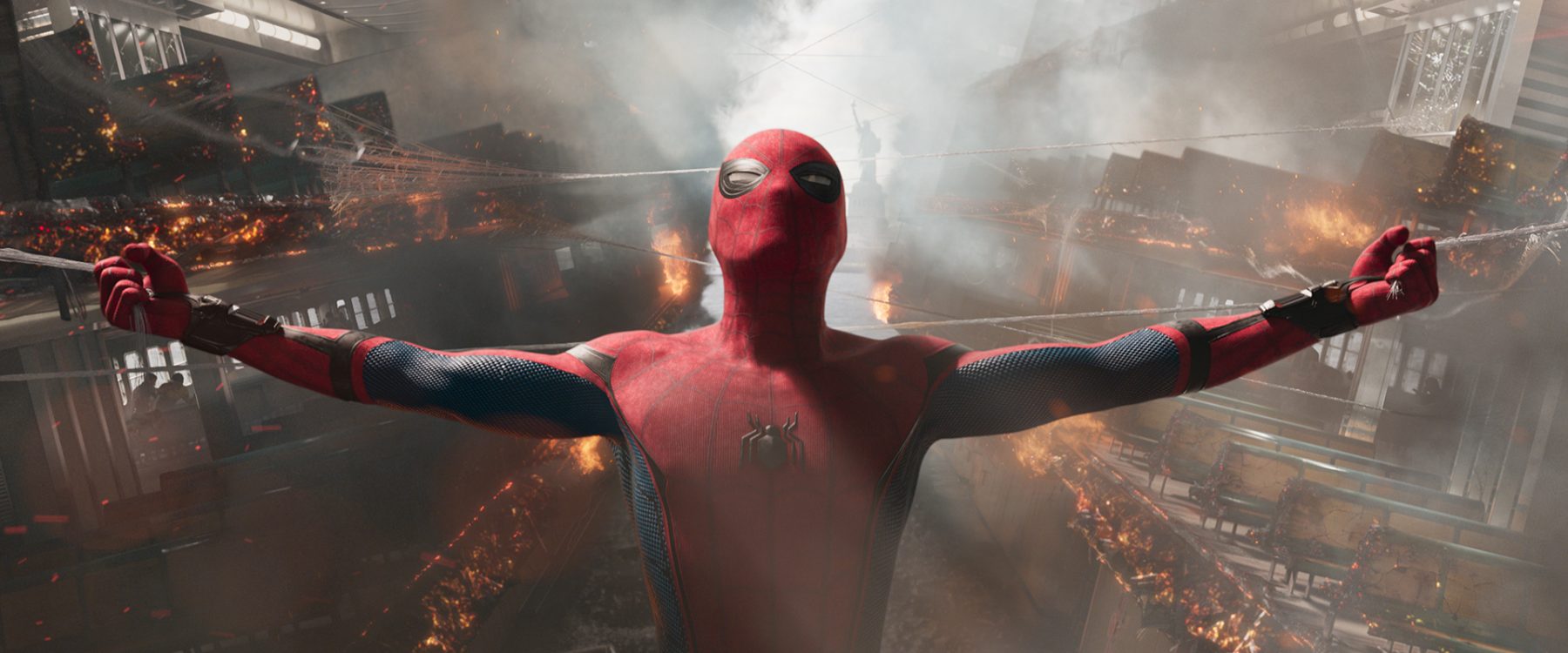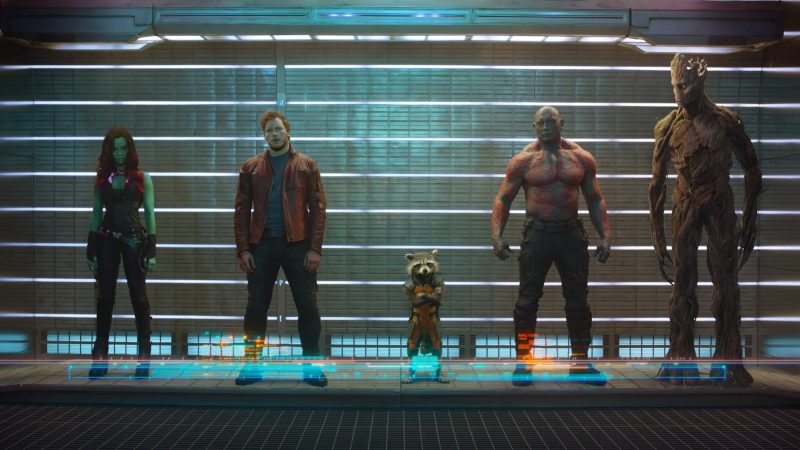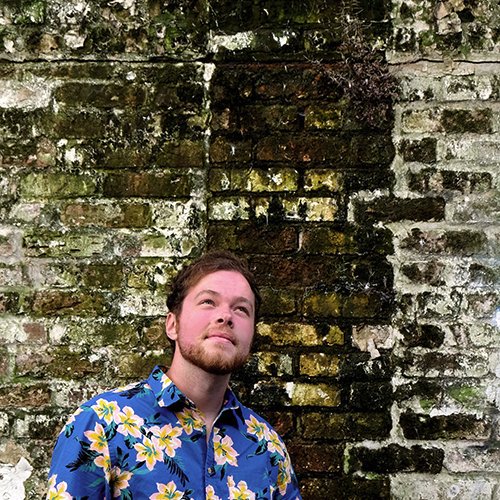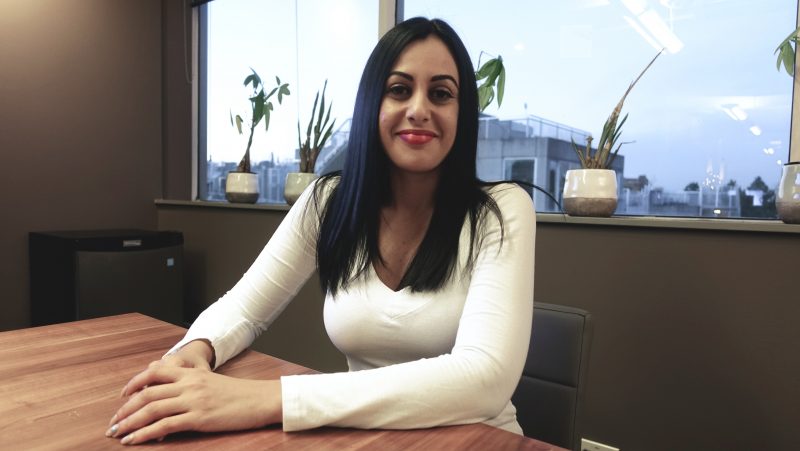
What’s the difference between a Talent Manager and a Recruiter?
Recruiters are in charge of external hiring and I’m in charge of most internal hiring. So let’s say Bardel has 400 people working on one show. I need to move them to another after they finish. So, I’ll talk to the Supervisor. I already know about everybody’s work performance. This show is a more realistic-looking show, so this person will be good for that. I make sure that voices are heard and they don’t get lost in the system because it’s a huge studio with many people. I deal with everyone on the floor, where you have the production team, artists, and upper management. A Talent Manager is an Artist Manager. So I manage the artists at the studio here in Vancouver and in Kelowna.
How do you manage the studio in Kelowna from here?
I travel there once a month. I try to go there as often as they need me. Even if I cannot, we meet in the rooms here using Skype. I have weekly meetings with the HR department there just to address any issues or concerns. I also have Skype meetings with the artists. I already know everybody because I’ve been there a few times so they know me and trust me. We have about 150 artists working in Kelowna. It’s a bit challenging because they are far away. But we do our best and we are all working together.
How do you keep track of all of the artists?
Basically every production has their own list of people. We have weekly production meetings every Tuesday morning. I meet with all of the Line Producers and call on the team as well and we’ll talk about every issue that we are facing. If we need 10 more artists for a show, can I move people internally to fill those roles? If so, then I will do it. If I cannot, then I will approach our recruiters and say, “Listen, I cannot find people here, can you find us 10 people?” So my job involves a lot of crossover between the HR department, recruitment, and the production itself. There’s also all of the immigration questions to address, like, “She’s a foreign worker, can we hire her?”. Or somebody they want to hire is already here in Canada but he doesn’t have a work permit. I help take care of all of this as well.
It sounds like a job with many responsibilities.
Yes. It’s such a unique niche because I have the skills in immigration, that’s my background, and HR, and production, because I used to work in production as well. So if they have a problem or delay in the Assets department, I need to inform everyone who will be affected. An understanding of the pipeline really helps me to do my job. So I was intrigued by the position when I first saw the ad. They contacted me after I applied and we had a lovely conversation. They said, “We really want you but talk to us when you’re back in Canada.” So I did and they scheduled a second interview. After that I had a third interview with the production. I never was a Talent Manager before, but I felt like all of my my previous experience made me a good fit. You do a bit of everything.
You mentioned your background is in immigration. How did you end up in Visual Effects?
When I finished school here, I worked for a law company for almost a year, but I didn’t like it. I’m a real “people person”. And then I saw an ad that a visual effects studio was looking for somebody to take care of all of the work permits and LMIA applications. It was Hydraulx. I applied for the job and was hired. After a while, I fell in love with the production, the people, and the creative environment. It’s not like 8-5 work in a law company; it’s very different. After a year and half they promoted me and I got more involved. I managed the studio.
What did you enjoy most about working in Hydraulx?
I will say the family environment, that you know everyone by name. It’s a very loving and caring company. It gave me a lot of tools to deal with a lot of obstacles. It really helped me to develop my management skills as well. And the owners are so nice and friendly and they supported me all the way.
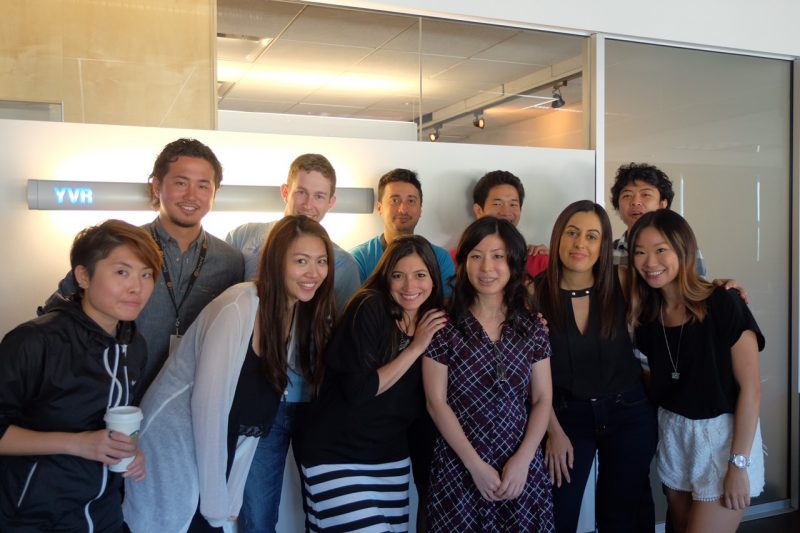
Moving from a smaller visual effects studio to a larger animation studio, how did you find the environment different?
The size and the hours. The hours in animation are better than the hours in visual effects, at least in my experience. When people sometimes keep working until 3 or 4 o’clock in the morning, I have to make sure that they get home safe and sound, the overtime pay, dinners, etc. There are a lot of things that we need to consider, not only the work. Other than that, they’re both international environments with creative people. You get to know people from many different parts of the world, which is great!
People sometimes talk about an “invisible divide” between artists and production, but it sounds like the Talent Manager is the bridge.
Yes. And I think a lot of studios now understand the need for a person like that, so we have a lot more studios with a Talent Manager, or 2 or 3 in charge of different departments for bigger studios. I think they should be an approachable person you can go and talk to because they’re on the same floor, they know your name and what you do, and they understand you. Artists feel more comfortable to talk to you a lot of times instead of the LP’s (Line Producers), because the LP’s are so busy doing other things, so I found I can really help artists do their job better.
What skills or personality traits are needed to become a Talent Manager?
I think you have to be patient and very understanding. You need to be there for the artists and understand the pipeline. Maybe you used to be an artist and you move to production or HR because then you know what they have to deal with. I think a lot of people don’t know what it means to be an artist. This is your work; you create something. And that’s the reason that a lot of them are very protective and sensitive about their work. If they receive negative feedback, you need to know how to deliver the feedback without hurting the person’s feelings. I think we need to take into consideration the amount of hours that an artist works in a day. It’s not easy work. If a person has a family issue, and I already know about that, I can approach the production and say, “He’s having a tough time, please be more patient or tolerant with him; it’s just a temporary situation.” If it’s a foreign worker, they may feel the stress of having to deal with the work permit situation or worrying if their family will have to go back home. You need to be able to support them. There are a lot of different aspects to be taken into consideration. If somebody wants to be a Talent Manager, they need to know that they are managing people.
I imagine your job can be stressful because so many people depend on you. How do you de-stress?
I think it’s important to remember that all we do here is animation. We’re not going to save the world tomorrow. Sometimes I’ll take a 5 or 10 minute break and go outside the office to take a walk and think. Take time to think. I will go around Granville Island because it’s such a beautiful place. If I have any second thoughts about any decision, I will go talk to the head of production and say: “Listen, this is my situation. Do you think what I’m going to do is ok? Do you think it’s going to have any bad effect?” Because you have to carefully consider everyone’s feelings, especially if you have to deliver bad news or ask a difficult question. I am there to support the artists.
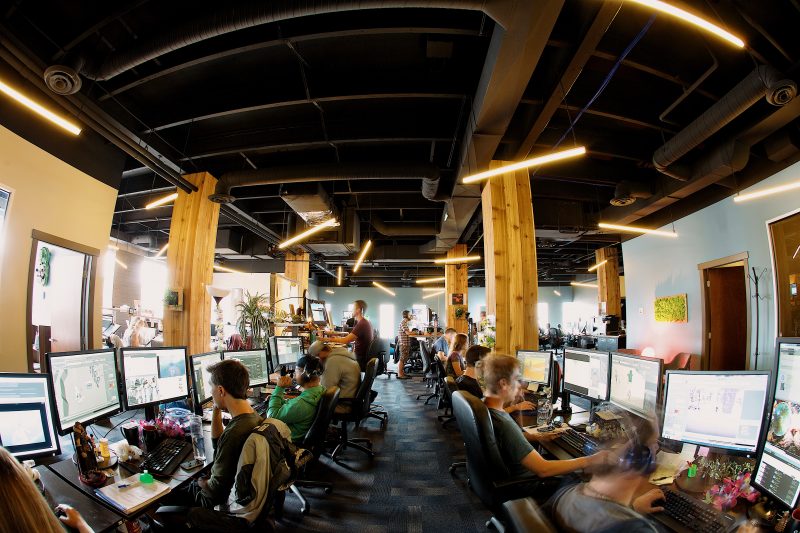
What is the origin of the Bardel?
Bardel was started by a married couple in 1987 in their apartment. Barry Ward and Delna Bhesania ran the company for 30 years and then sold it to Rainbow S.p.A a couple of years ago. Rainbow is based in Italy and it is one of the largest animation studios and licensors in the world. Rainbow recently brought on a new CEO, Rick Mischel, who previously served as a producer at Sony Pictures Animation and even before being a producer, Rick was the Senior Vice President of Sony Pictures Imageworks, launching and managing the animation/VFX facility. It’s exciting because he brings a lot of experience. Bardel has seen a lot of growth in the last 30 years but honestly, even after it has grown so much, it’s still a personal company where people can communicate face to face. It’s a big studio but we try to keep it friendly. Ashley Evans, that’s her job, making sure we have a culture here and we keep it going. We offer this amazing work environment. If you’re going to work 10 hours a day somewhere, we want to make it fun.
On average, how many projects are going on simultaneously?
Last year, we were working on 17 shows. That was a BIG number for us. 2D and 3D. It was a really busy year for us. The quality is really high here for TV and we work on such cool projects. So it attracts a lot of good talent as well.
In terms of internal hiring, transfers, and promotion, I know Bardel does a lot of very different styles of animation. If you have a new project that is a very different style than previous show, do you still look internally first?
It all depends if it’s 2D or 3D animation. If I know that we have the skills here, I will look internally. We would like to give people in the company the first opportunity to express their interest in the role. If they have the right skills, then I will move them. To do that, first I talk to their Supervisor and look at the performance review. We discuss the possibility together. I ask the Supervisor if this person can handle the style of this show, based on their skill and knowledge right now. If the Supervisor approves, then I will present the person with a job offer and explain the new role. They will tell me if they like it or not and then we can negotiate rate, vacation, and so on. If I cannot find someone, then I will approach our recruiter to look externally.
For the artist, that must be appealing, because they can work on something new and different without changing studios.
Yes, and sometimes I’ll put somebody on a project and in 2 or 3 months, they’ll come to me say, “Ethel, I thought I would like this project but now I feel it’s really not my style. I don’t feel like I can connect with the project or the people. I would like to look for other options.” As a company, we try to keep a person in production for at least 4 months before we will move them. But if I see it’s definitely not for them, then I don’t want to force anybody, so I will do my best to move them.
What do you think is the most valuable question to ask in a job interview?
If the person shows interest and asks specific questions about the role, the team, and the project, then we can see this person did their homework before coming here, which always looks great. If you’re very motivated, that’s what we want: people who are eager to be part of the project.
Do people leave Bardel and then come back to work?
Yes and for different reasons. Some go off and travel. Sometimes they take a short contract somewhere else for experience but would like to come back to Bardel. We’re really proud of that and being flexible with our hours, especially for parents with young kids: they can come in earlier and leave earlier. It’s not something you can usually say about companies in this industry, because it’s very demanding. But we do have this understanding.
Do you think visual effects and animation is a male-dominated industry or not?
No, it’s not, now more than ever. When I started in visual effects, I saw maybe 3 or 4 girls. But now it’s half and half. It comes back to the hours, and understanding the needs of our society today. Let’s face it: it’s no longer the generation where one parent can stay home and raise the kids. Both of the parents are working so we need to take that into consideration and be flexible. Bardel is very active in ensuring gender parity as much as possible in the workplace. Our VP of Development and Production, Tina Chow, sits on the board of Drawn Together Vancouver, which is a group designed to help support women advance their careers in animation.
What do you think about the casting of a fellow Israeli, Gal Gadot, as Wonder Woman?
She’s amazing! And I’m not talking just as an Israeli. It’s funny, before that, nobody knew about Israeli accents, so people used to ask me all the time: “Where are you from? Quebec? Europe? What is this interesting accent?” After Gal Gadot appeared as Wonder Woman, everybody knows the Israeli accent. People will say to me: “Oh, you’re from Israel!” And I’ll say: “Yes. How did you know?” And they’ll say: “Because of Gal Gadot, you have the same accent.” Everybody asks me about her. It’s a great role and she really represented an Israeli woman because they are very strong and they speak their mind. I watched a few interviews with her, saw her joke about things. She seems very approachable. She’s gorgeous, obviously. I can’t believe she has 2 kids and looks like that. But she was a model and the beauty queen of Israel.
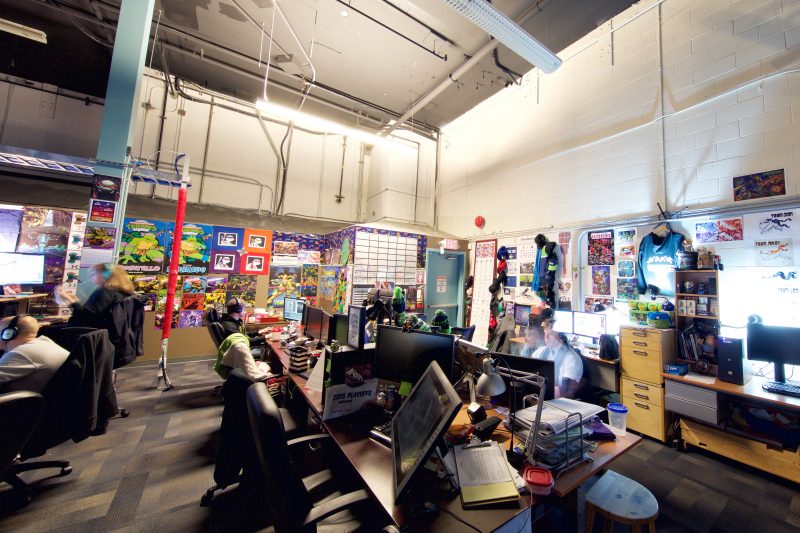
What do you expect for the future of Vancouver and its visual effects/animation industry growth?
It depends on tax credits. For the last 5 years, it’s grown a lot. I expect that to continue, because it brings a lot of money and talented people to the province that stay here.
Is there any advice you could share for people wanting to move to Canada and work for a visual effects or animation studio?
You have to be unique, as we’re looking at thousands of applications. When I see your reel, I want to say, “Wow, this person, I want to interview them.” It’s also important to prepare yourself, mentally, to move to another country because a lot of people don’t know how stressful that can be. There is a lot of paperwork and many things to do to establish a new life somewhere. It’s a big step and you have to be mentally prepared for that, especially if you have a family. You should also be open-minded, because the country you come from may not have the same mentality that you have here. I found with some people, it’s not only a different language, it’s a different work ethic. So sometimes they don’t understand or they think they did a bad job when everything is actually ok. It’s good to have an understanding of how things work in Canada.
Do you think Lost Boys | School of VFX prepares students of VFX for the industry?
For years, I have hired graduates from Lost Boys. The level of talent is really high and what I really like about Lost Boys is they prepare people for the real work. It’s not only theories that students learn, about also how things work in a studio environment. So I really like their approach.
Does Bardel offer internship opportunities?
Bardel offers paid Apprenticeship Programs in Storyboarding and in Animation, with individual mentoring for new grads, students, and entry-level artists. We show them how we do things here to let them work on real shots from high-profile shows. So they will be part of a team, with a Supervisor checking in to see how they are doing. It gives them hands-on experience. After about 2 to 3 months, we decide if this person is suitable for us to hire, to see if they have the skills needed to grow, so we can put them on a production. We really want to help people grow and share our knowledge. (For more info, click here and scroll down to check for available Bardel Academy Internships).
When you look back over the past 5-10 years, what are you most proud of in your professional life?
Coming from a Law background, it was a big adjustment for me to enter this industry. I started off only doing work permits, from being the immigration consultant to managing a studio, which is a big task. It comes with a lot of responsibility. At my farewell party at Hydraulx, I looked around and realized I brought more than 80 people to the company. And these people, they’re staying here; they have family here; they are permanent residents now. To know that I made such a big difference in people’s lives, for me, it’s everything. It was very emotional for me to understand the importance of my role. I’m happy that I was there for them. And now, to be a Talent Manager, to know that all of these people trust me and the company put their trust in me, that means a lot. So I’m really proud of that and for the next five years, I hope I can continue to do that and continue to grow. When you know a person’s name and their personal story, you can see them develop and do amazing things. I don’t know how many people in other occupations can say that.
Anything else you would like to add?
Thank you for interviewing me. I know that most of the time, when people are interviewed in the industry, it’s from the artist’s point of view or from very high level management. People don’t know much about those of us who work on the floor, making sure everything runs smoothly. We put everything together because it is a puzzle. On a daily basis we have so many different challenges to solve and things to communicate in the most efficient way. That’s our role. By acknowledging what we do, I hope other studios will see the value of having a Talent Manager. If in a company of 600 people, a person feels like they are known and their voice is heard, that’s a great achievement. So I’m happy that you gave me this opportunity and hopefully people will understand better what a Talent Manager does as a result.
Thank you, Ethel.
Interview by Andrew Zeller.
To learn more about Bardel, visit their website.
